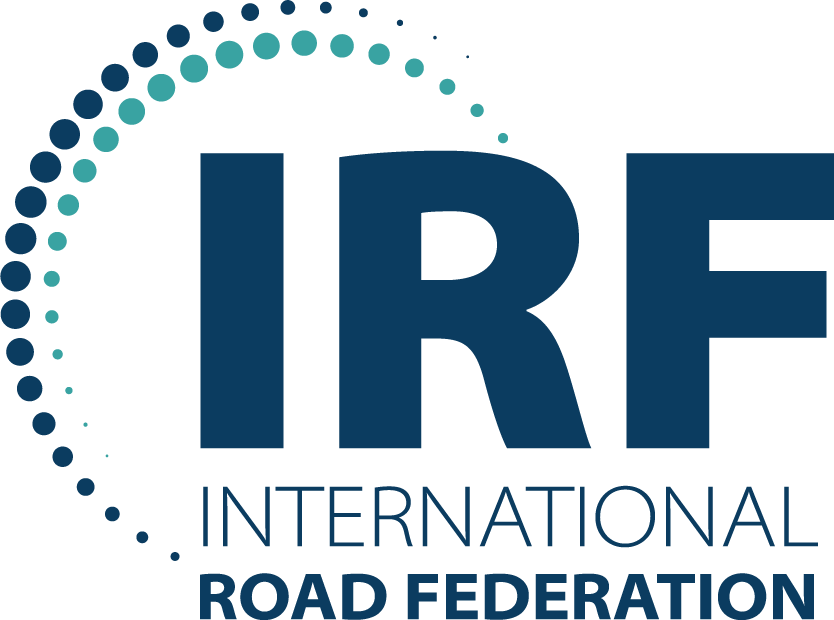KAZAKHSTAN
ROAD SAFETY PROFILEThe ATO road safety profiles offer insights into the road safety in 37 Asia-Pacific countries by utilizing road safety related data from various sources and policy information extracted from a range of documents.
These road safety profiles were developed by the Asian Transport Observatory in collaboration with the Asia Pacific Road Safety Observatory (APRSO) and the International Road Federation (IRF). This September 2025 edition updates the February 2025 release—prepared for the Global Ministerial Conference on Road Safety in Marrakech—to inform discussions at the Asia-Pacific Regional Road Safety Conference in Manila.
Country Summary
Road safety remains a significant challenge in Kazakhstan. While progress has been made in reducing fatalities, the country still faces a considerable burden of road traffic crashes, resulting in human suffering and economic losses. For the year 2021, WHO estimated about 2 thousand fatalities in Kazakhstan due to road crashes, accounting for 1.1% of all deaths. This translates to a fatality rate of 12.2 per 100,000 population. Further improvements are crucial, as this is lower than the Asia-Pacific average of 15.2 and the Central and West Asia average of 13.1.
The numbers reported by country statistics and the Global Burden of Disease for 2021 and 2022 are approximately 2 thousand. While this alignment is positive, consistent and reliable data collection and reporting are essential for accurate analysis and effective interventions.
Disaggregating the data reveals essential trends. The share of female fatalities remained at 27% between 2010 and 2021, slightly higher than the Asia-Pacific average of 23%. The combined share of deaths among minors (<14 years) and seniors (>65 years) increased slightly from 22% to 23% between 2015 and 2019, compared to an increase from 32% to 34% in the Asia-Pacific region. Pedestrians represent vulnerable road user group, accounting for 27% of fatalities in 2021 in Kazakhstan, just slightly lower than the Asia-Pacific average of 31%.
The economic burden of road crashes in Kazakhstan is substantial. Fatalities and serious injuries cost approximately 7 billion USD in 2021, representing roughly 4% of the country's GDP. For context, this exceeds healthcare expenditure of 3.9% of GDP in the same year.
Road crashes also contribute significantly to the implicit costs of fossil fuel subsidies in transport, accounting for about 38% of the total. An estimated annual investment of 338 million USD (0.2% of GDP) could potentially prevent about 800 fatalities per year, highlighting the potential for cost-effective interventions.
The International Road Assessment Programme (iRAP) provides valuable insights into road infrastructure safety. In Kazakhstan, as of 2024, only 22% and 35% of roads have a 3-star or better rating for pedestrians and bicyclists, respectively, better than the Asia-Pacific averages of 14% and 22%. For vehicle occupants, at least 33% of the road infrastructure has a 3-star or better rating, while only about 14% reaches this standard for motorcyclists. Kazakhstan experiences about 10 fatalities per thousand kilometers of road.
Kazakhstan has seen a rise in motorization, with 229 vehicles per thousand population in 2022. The vehicle fleet comprises primarily light-duty vehicles (88%), followed by trucks (10%) and buses (2%). This increase in vehicle ownership necessitates robust road safety measures to manage the associated risks.
Benchmarking
Between 2010 and 2021, WHO estimates a -50% decrease in fatalities per 100,000 population in Kazakhstan, compared to a -19% decrease in the Asia-Pacific region and a -12% decrease in Central and West Asia.
The country recorded about 53 fatalities per 100 thousand registered vehicles.
Can Asia meet the 2030 target of halving fatalities?
- Urgent action needed to reduce road fatalities The Decade of Action for Road Safety 2021-2030 aims to cut road fatalities in half by 2030. An annual reduction of at least 7.4% is necessary to achieve this.
- Asia-Pacific region falling behind Despite reaching a peak in road crash fatalities, the Asia-Pacific region is not on track to meet the 2030 goal. The average annual reduction in deaths between 2016 and 2021 was only 0.6%, far below the required rate.
- Varying progress across Asia Using the 2016-2021 road crash fatality growth rate as a basis for estimates until 2030:
- Only 3 Asian countries are projected to achieve the 50% reduction target by 2030.
- 18 Asian countries are expected to reduce fatalities by at least 25%.
- Worryingly, 7 Asian countries will continue to increase road fatalities, moving further away from the target.
- In Kazakhstan, road crash fatalities decreased by approximately -4.3% per year between 2016 and 2021. However, this is not enough to reach the 2030 target to halve the fatalities by 2030
Policy Landscape
A key gap in Kazakhstan's road safety framework is the absence of explicit road safety targets. While the country has several policy documents with indirect benefits, including laws on road traffic and transport and programs related to green economy and energy efficiency, a dedicated national road safety strategy with clear targets and measurable indicators is crucial for sustained progress.
References
ATO. National Database (2024). https://asiantransportoutlook.com/snd/
IMF. (2024). Climate Data. https://climatedata.imf.org/pages/access-data
Institute for Health Metrics and Evaluation. (2021). GBD Results. GBD Results. https://vizhub.healthdata.org/gbd-results
Institute for Health Metrics and Evaluation. (2024). Global Burden of Disease Study 2021 (GBD 2021) Cause-Specific Mortality 1990-2021. https://ghdx.healthdata.org/record/ihme-data/gbd-2021-cause-specific-mortality-1990-2021
iRAP. (2024). Safety Insights Explorer. iRAP. https://irap.org/safety-insights-explorer/
Nirandjan, S., Koks, E. E., Ward, P. J., & Aerts, J. C. J. H. (2022). A spatially-explicit harmonized global dataset of critical infrastructure. Scientific Data, 9(1), 150. https://doi.org/10.1038/s41597-022-01218-4
United Nations Department of Economic and Social Affairs Population Division. (2022). World Population Prospects 2022. https://population.un.org/wpp/
WHO. (2023). Global Status Report on Road Safety 2023. https://www.who.int/teams/social-determinants-of-health/safety-and-mobility/global-status-report-on-road-safety-2023
World Bank. (2023). GDP, PPP (current international $). World Bank Open Data. https://data.worldbank.org/indicator/NY.GDP.MKTP.PP.CD
World Bank. (2024). Current health expenditure (% of GDP). World Bank Open Data. https://data.worldbank.org/indicator/SH.XPD.CHEX.GD.ZS





